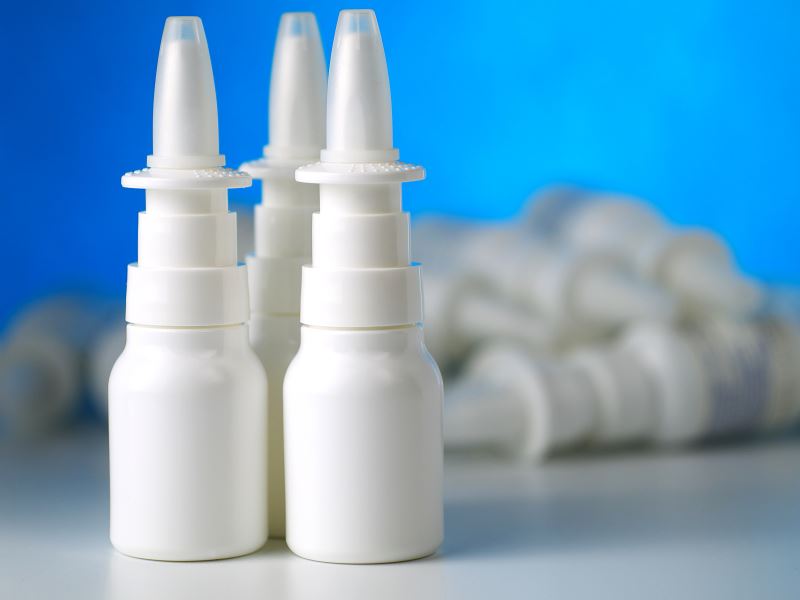
04 Feb Ketamine Noninferior to Fentanyl for Traumatic Injury Pain in Children

Patients were randomly assigned to receive 1.5mg/kg intranasal ketamine or 2μg/kg intranasal fentanyl.
Intranasal ketamine was found to be noninferior to intranasal fentanyl for providing analgesia in children seen in the emergency department with acute injuries of the extremities, according to the results of a double-blind trial study published in JAMA Pediatrics.
For the Pain Reduction With Intranasal Medications for Extremity Injuries (PRIME) trial, 90 children age 8 to 17 years who presented to the emergency department with traumatic limb injuries associated with moderate to severe pain were enrolled. Patients were randomly assigned to receive intranasal ketamine (1.5 mg/kg; n=45) or intranasal fentanyl (2 μg/kg; n=45). Reduction in the visual analog scale (VAS) pain score approximately 30 minutes after treatment was the trial’s primary outcome. Treatment-related adverse events were also assessed.
The reduction in mean VAS scores was comparable in both treatment groups (ketamine: 30.6 mm; 95% CI, 25.4-35.8; fentanyl: 31.9 mm; 95% CI, 26.6-37.2). Based on a 1-sided test of group differences, ketamine was found to be noninferior to fentanyl in providing analgesia (difference in mean pain reduction between groups, 1.3; 90% CI, −6.2 to −8.7). The risk for adverse events was higher in patients receiving ketamine vs fentanyl (77% vs 31%, respectively, reporting ≥1 adverse event; relative risk [RR] for ketamine, 2.5; 95% CI, 1.5-4.0). Ketamine-related adverse events were minor and transient. In addition, the need for rescue analgesia was comparable between the 2 groups (RR, 0.89; 95% CI, 0.5-1.6).
Study limitations include the small number of participants.
“Ketamine should be considered for pediatric pain management in the emergency setting, especially when opioids are contraindicated or associated with increased risk, such as prior to procedural sedation,” noted the investigators.
Reference
Frey TM, Florin TA, Caruso M, Zhang N, Zhang Y, Mittiga MR. Effect of intranasal ketamine vs fentanyl on pain reduction for extremity injuries in children: the PRIME randomized clinical trial [published online December 28, 2018]. JAMA Pediatr. doi: 10.1001/jamapediatrics.2018.4582
[ad_2]
Source link



No Comments